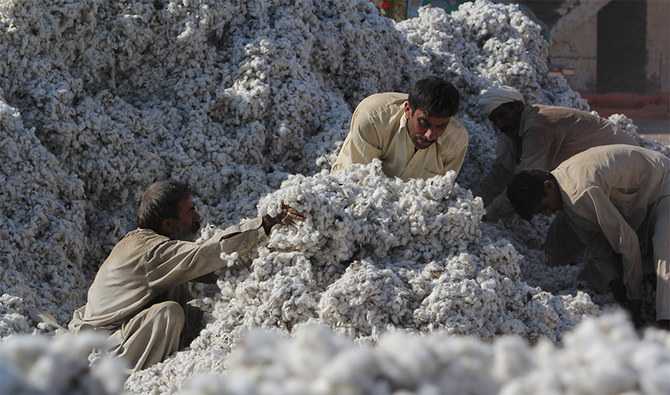-
International flash: Pakistan's cotton consumption hits 21-year low
Edited by:Read:Pakistan's cotton production in 2022/23 was 3.9 million bales, the lowest level in almost 40 years, according to the USDA's February supply and demand forecast report. Tight cotton supplies have severely impacted the country's cotton consumption, which was revised down by 200,000 bales this month to 8.8 million bales, the lowest level in more than 20 years. Meanwhile, Pakistan's imports were unchanged year-on-year due to restrictions on the import of foreign cotton by textile mills as the country suffered a severe financial crisis.
In addition to tight supplies, increased cotton production and electricity costs also affected cotton consumption, leading to a contraction in textile mills' profits. For the major cotton producing countries, cotton prices fell by more than 20% last year, but in Pakistan they rose by more than 10%. Difficulties in importing cotton and the persistently high and volatile domestic cotton prices have led to a reduction in the purchasing power of textile mills and a decline in factory opening rates. In a recent government report, Pakistan's yarn mill production index fell by almost 30% year-on-year in November 2022.
Pakistan needs sufficient foreign currency to import cotton, and the country's cotton textile exports are the largest source of the country's foreign exchange reserves. The textile industry is Pakistan's largest manufacturing sector, with textiles accounting for around 60% of Pakistan's foreign exports. As the textile industry is a significant contributor to Pakistan's GDP, the tight supply of cotton will lead to a slowdown in Pakistan's textile exports and economic growth.

Due to the severe shortage of foreign exchange in the country, local banks have been restricting cotton imports in US dollars, which has led to delays in customs clearance documentation and difficulties in opening letters of credit for importers. Currently, Pakistan's dollar reserves are at extremely low levels and it is unclear when they will be replenished, and this uncertainty has led to disruptions in shipments and difficulties in contract execution.
At the same time, foreign exchange shortages and increased bank requirements have significantly increased financing and transaction costs related to cotton imports. In some cases, uncertainty over the supply of cotton has led to delays in the turnaround time for the completion of export orders, resulting in an overall decline in textile production.
In addition, it has been reported that Pakistani banks often require importers' cotton financing to be backed by confirmed export orders, but most local textile companies are not full chain, with spinning mills importing and then selling yarn for export of finished textile products by downstream manufacturing companies. All of the above factors have slowed cotton imports into Pakistan.
Article source: QINSUN Instruments Share
- 2024-04-19Paper ring compression strength tester standards
- 2024-04-19Cupping tester standards
- 2024-04-19Rubber and plastic tensile tester standards
- 2024-04-19Taber 1750 wear-resistant tester standards
- 2024-04-19Stone Chip Resistance Gravelometer standards
- 2024-04-18Diaper absorption speed tester standards
- 2024-04-18Diaper leakage tester technical indicators
- 2024-04-18Paint film impact resistance tester standards
- 2024-04-18Low temperature brittleness tester principle
- 2024-04-18Battery separator permeability tester technical indicators



